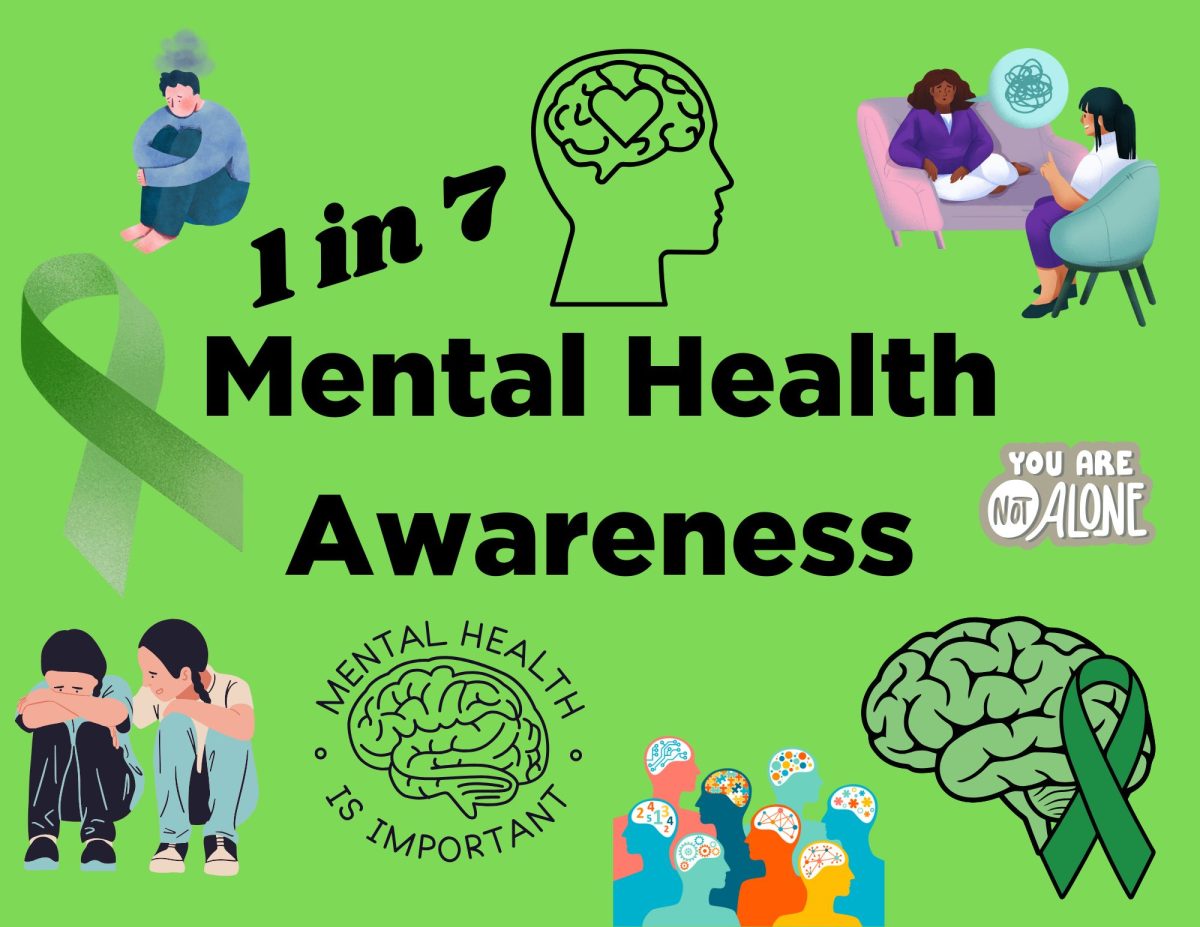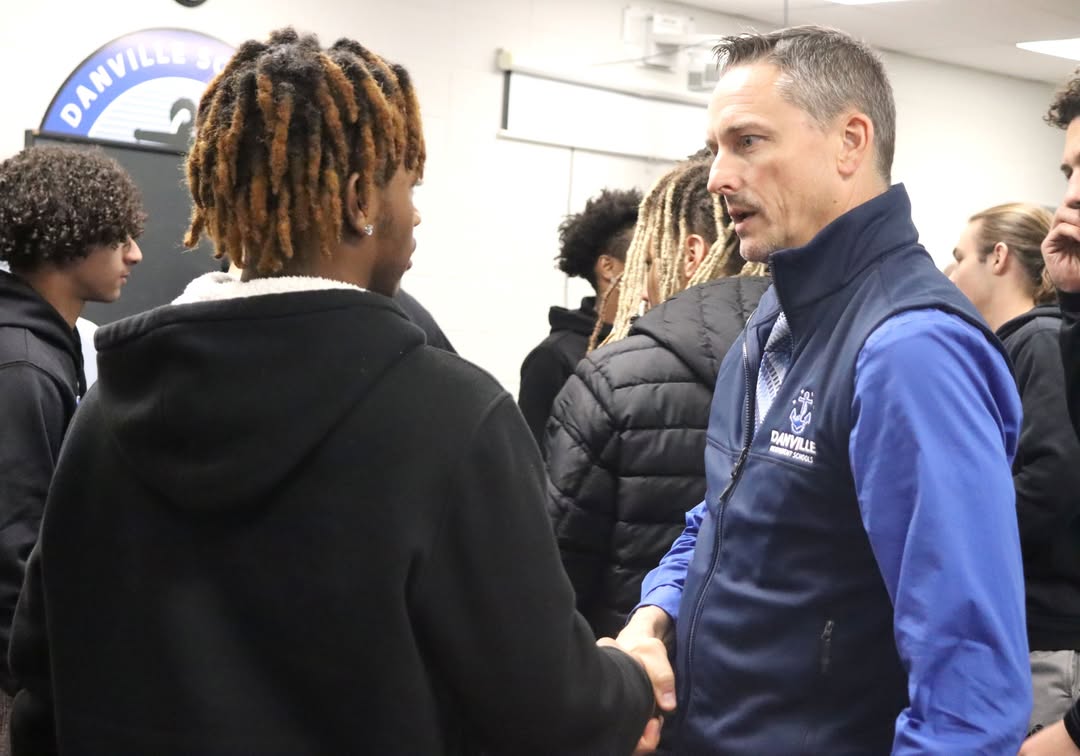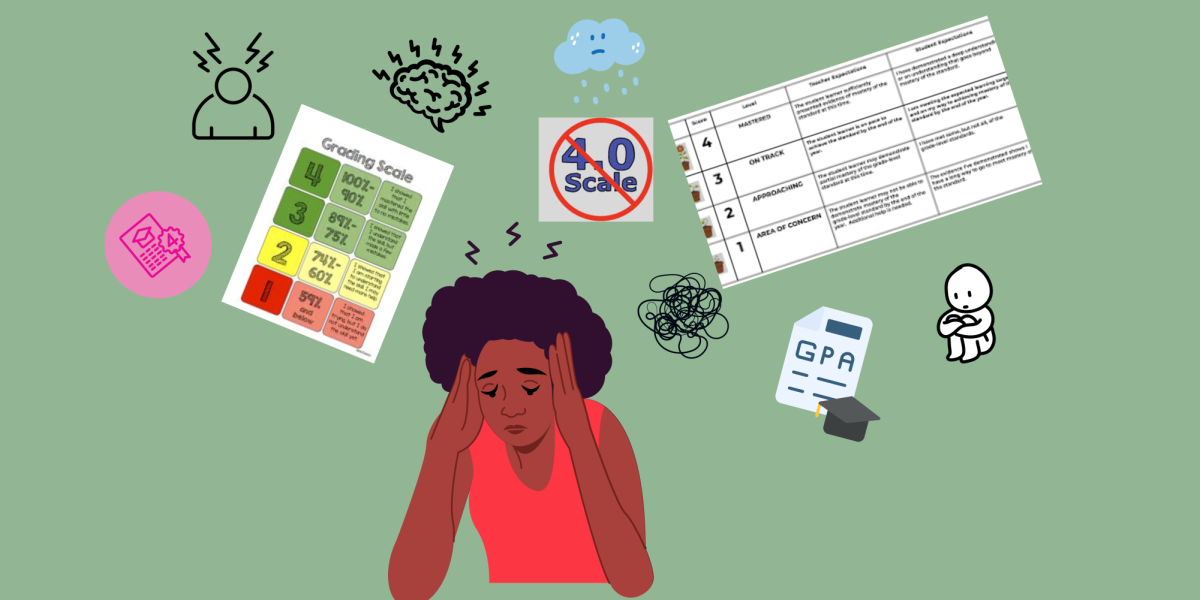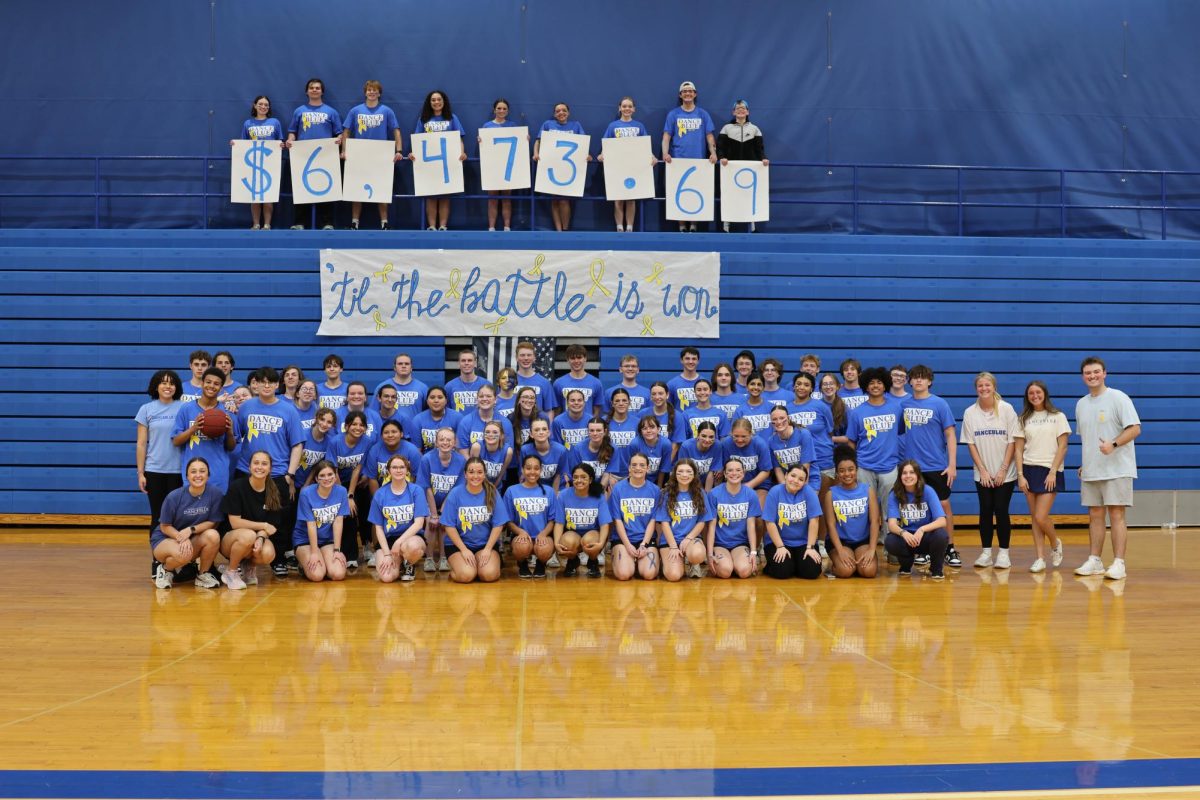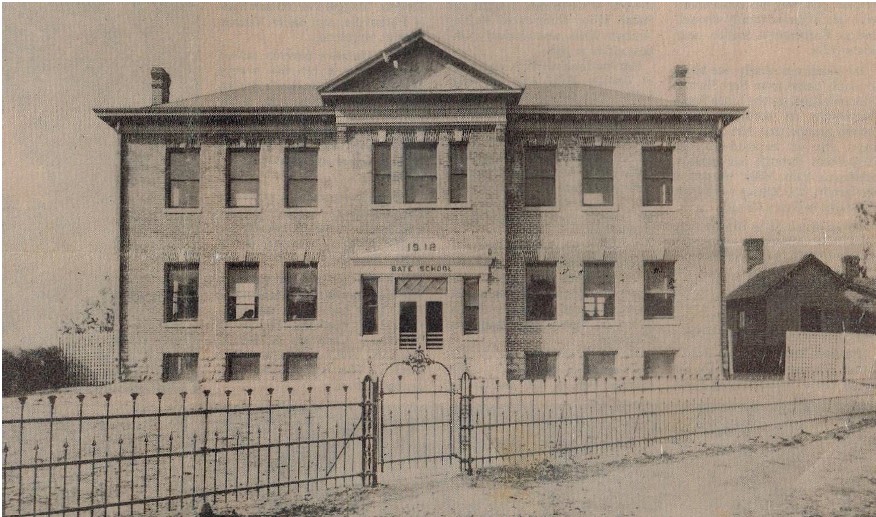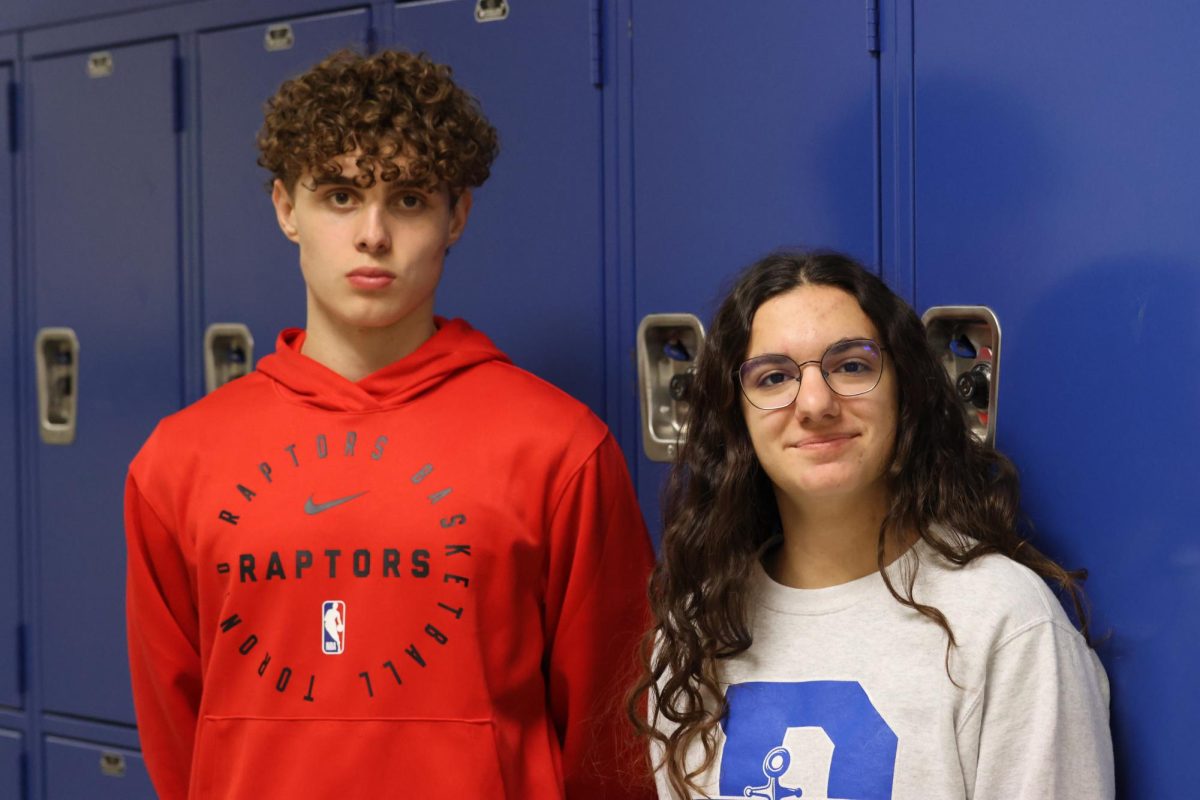The other team is racing across the field. You stand ready at the goal. They kick, and the ball flies at you. You jump up to block it, and bam– it hits you right on the head. You fall to the ground, your vision is blurry, you can’t remember what happened, and your head is throbbing. You just got a concussion.
According to the University of Michigan, about 3.8 million athletes suffer a concussion each year. This is a pressing problem in sports because one concussion can be harmful, but suffering from multiple concussions can not only cause long-term brain damage — it can be deadly.
A concussion is a brain injury that occurs after some sort of head trauma. Concussions mainly happen in American football and girls’ soccer through direct contact between two players, or when head-butting the ball in soccer.
Concussions have a range of symptoms. These symptoms can be in effect immediately, and some symptoms can last anywhere from a few days to a few years. Immediate effects of a concussion include nausea, headaches, blurry vision or fainting. Symptoms such as depression, irritability and trouble with concentration and/or memory are more long-term.
People today are not warned enough about the seriousness of concussions. Athletes may continue to play after having received a concussion, worsening the symptoms over time. If these athletes continue to play through multiple concussions without any medical attention, this can lead to long-term brain disorders such as CTE. CTE, or Chronic Traumatic Encephalopathy, is a brain disorder sustained after repeated head trauma.
CTE is a big problem for athletes because of its long-term effects. CTE can cause cognitive impairment, trouble with motor functions, behavioral changes and mental disorders. According to PubMedCentral, CTE was first described in 1928 as punch drunk syndrome found in boxers, but this was later combined into the modern day definition of CTE with the first discovered case in 2002. With such a newly discovered disease, there is currently no cure for CTE and no definitive signs while living, according to Mayo Clinic. This is because CTE can only be diagnosed through an autopsy. CTE occurs mostly in males who play American football or boxing. Only two females have been diagnosed, both being victims of domestic abuse.
Junior Seau was a player in the NFL during the 90s who was famous for his “passionate hits”. On May 2, 2012, Seau fatally shot himself at the age of 43. His brain was donated to neuroscientists at the National Institute for Health. There, they found he was suffering from CTE.
Michael Keck was also a former football player. In his mid-20s, he found that he had trouble focusing, and his memory was failing him. At 25, he suffered from the implications of a congenital heart defect and passed away. Before he died, he suspected that he was suffering from the same disease that Seau did, so he told his wife, Cassandra, that he wanted his brain donated to Boston University so pathologists could look for CTE. After performing the autopsy, they not only found CTE in his brain, but the CTE they found was just as bad as the CTE from which Seau suffered. They found clumps of abnormal tau protein throughout his brain. Researchers suspected this was because Keck started playing football at the age of six and received more than 10 concussions before graduating college.
María Pánfila was a woman who suffered decades of domestic abuse from her husband. While she was not an athlete, she endured as much pain as one. Pánfila’s brain was donated to the Boston University CTE UNITE Brain Bank and was the first discovered case of CTE in a female. While her CTE was not related to sports, it is still very important as the first documented female case of CTE, and to show awareness of domestic violence. To learn more, follow this link.
It is important to get treatment if a concussion has occurred. Doctors say to get treated one to two days following a head injury. They will evaluate the symptoms and perform tests which may include a neurological exam, cognitive testing, imaging testing and observation. It is necessary for these tests to occur so doctors can provide the correct treatment. Treatment may include physical and mental rest or pain relievers.
Concussion awareness is needed in our lives today. Athletes today may feel pressured by their coaches and teammates to continue playing if they had a concussion. Michael Keck is a prime example of this. His wife, Cassandra, spread his story in hope of warning others. She said that he was taught to play through his pain and the coaches always said, “If you’re hurt, just get out there and play, don’t be a wuss.” Kids should not be taught to play through concussions. It is the coaches responsibility to keep them safe. Ask yourself this question — is the game more important than the player?




